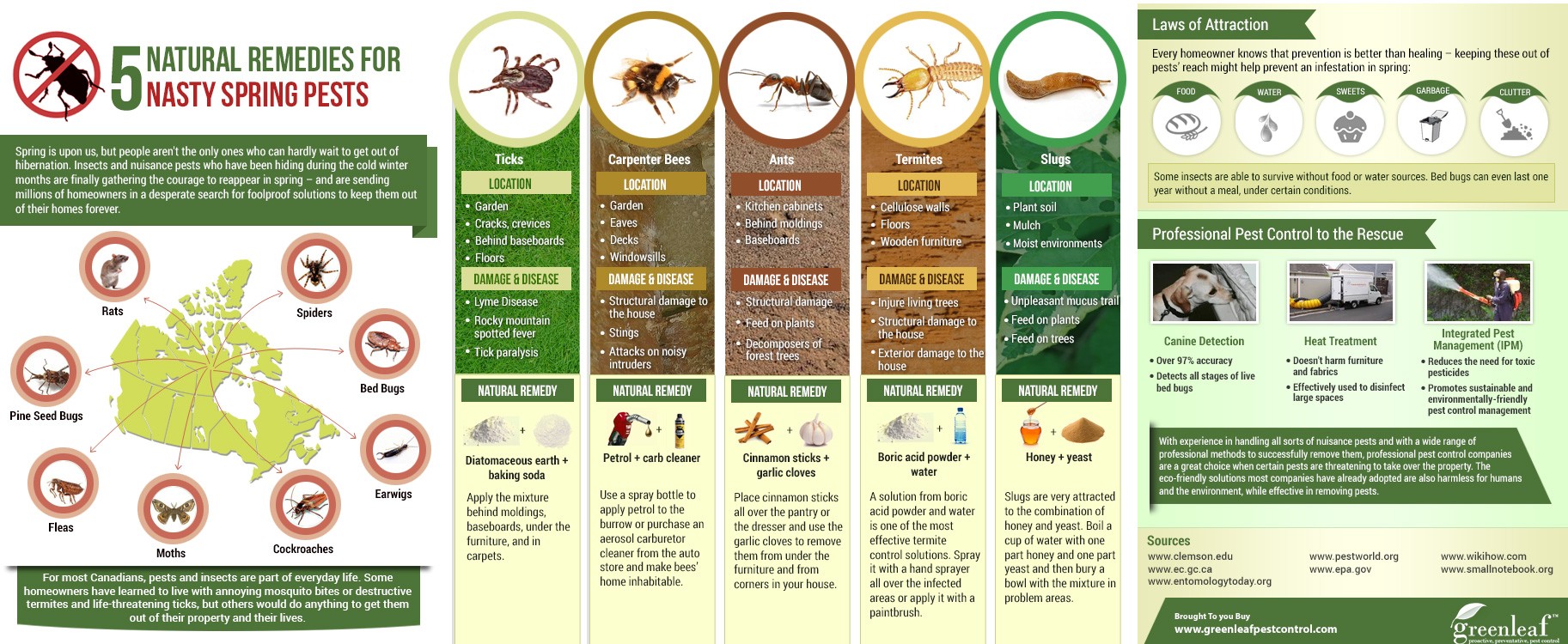Imagine your attic room as a cozy Airbnb for rats, with insulation as cosy as hotel pillows and wiring much more tempting than room service. Currently, picture these undesirable guests throwing a wild party in your home while you're away. As a home owner, ensuring your attic is rodent-proof is not nearly assurance; it's about securing your building and liked ones. So, what simple steps can you require to protect your sanctuary from these furry intruders?
Evaluate for Access Information
To start rodent-proofing your attic, evaluate for entrance factors. Beginning by very carefully analyzing the outside of your home, looking for any openings that rats can use to get to your attic. Look for spaces around utility lines, vents, and pipes, along with any type of splits or holes in the structure or house siding. Make certain to pay attention to locations where different structure products meet, as these are common entrance factors for rodents.
Additionally, examine the roofing system for any kind of damaged or missing roof shingles, along with any gaps around the edges where rodents might press via. Inside the attic room, search for signs of existing rodent task such as droppings, chewed cables, or nesting materials. Use a flashlight to extensively examine dark corners and hidden rooms.
Seal Cracks and Gaps
Inspect your attic room extensively for any type of cracks and voids that need to be sealed to stop rats from entering. statewide pest control can squeeze through also the smallest openings, so it's vital to seal any type of prospective access points. Inspect around pipelines, vents, cable televisions, and where the walls meet the roofing. Use a mix of steel woollen and caulking to seal off these openings successfully. Steel wool is a superb deterrent as rodents can not eat through it. Make certain that all gaps are securely sealed to reject accessibility to undesirable bugs.
Do not ignore the importance of securing voids around windows and doors as well. visit my home page stripping or door moves to seal these areas efficiently. Examine the areas where utility lines get in the attic and seal them off making use of an appropriate sealant. By taking the time to seal all splits and gaps in your attic, you create a barrier that rats will locate difficult to breach. Prevention is key in rodent-proofing your attic, so be extensive in your initiatives to seal off any potential entry factors.
Get Rid Of Food Resources
Take aggressive actions to remove or keep all potential food sources in your attic to deter rats from infesting the area. Rats are attracted to food, so removing their food resources is vital in keeping them out of your attic room.
Right here's what you can do:
1. ** Store food safely **: Stay clear of leaving any type of food products in the attic. Store all food in impermeable containers constructed from metal or heavy-duty plastic to avoid rodents from accessing them.
2. ** Clean up debris **: Get rid of any kind of piles of debris, such as old papers, cardboard boxes, or timber scraps, that rats might utilize as nesting material or food resources. Maintain the attic clutter-free to make it less enticing to rats.
3. ** Dispose of waste appropriately **: If you utilize your attic room for storage and have trash or waste up there, see to it to get rid of it routinely and effectively. Decaying garbage can attract rats, so keep the attic clean and without any type of natural waste.
Conclusion
Finally, keep in mind that an ounce of prevention is worth a pound of cure when it involves rodent-proofing your attic room.
By taking the time to check for access points, seal cracks and gaps, and get rid of food sources, you can keep unwanted bugs away.
Remember, 'An ounce of prevention deserves an extra pound of treatment' - Benjamin Franklin.
Keep positive and protect your home from rodent invasions.
